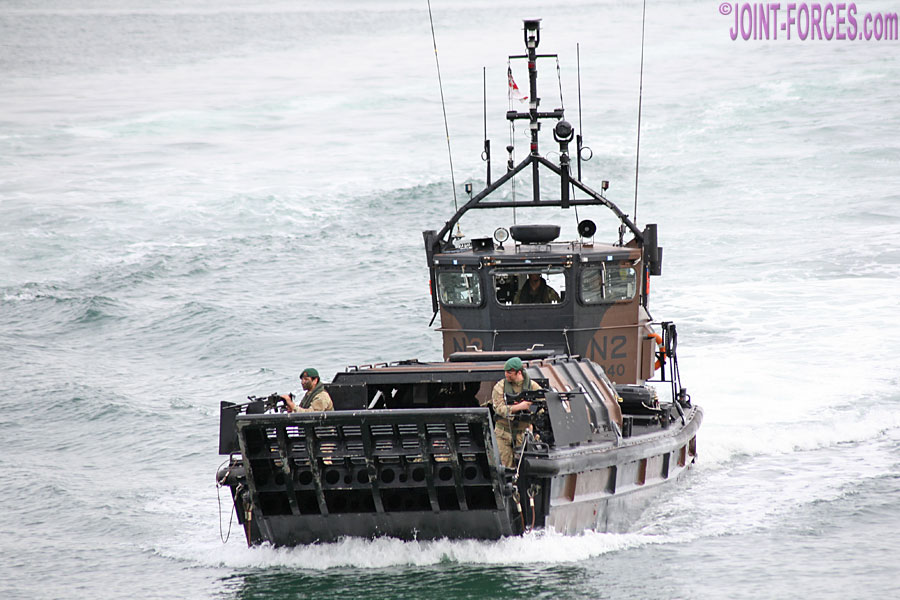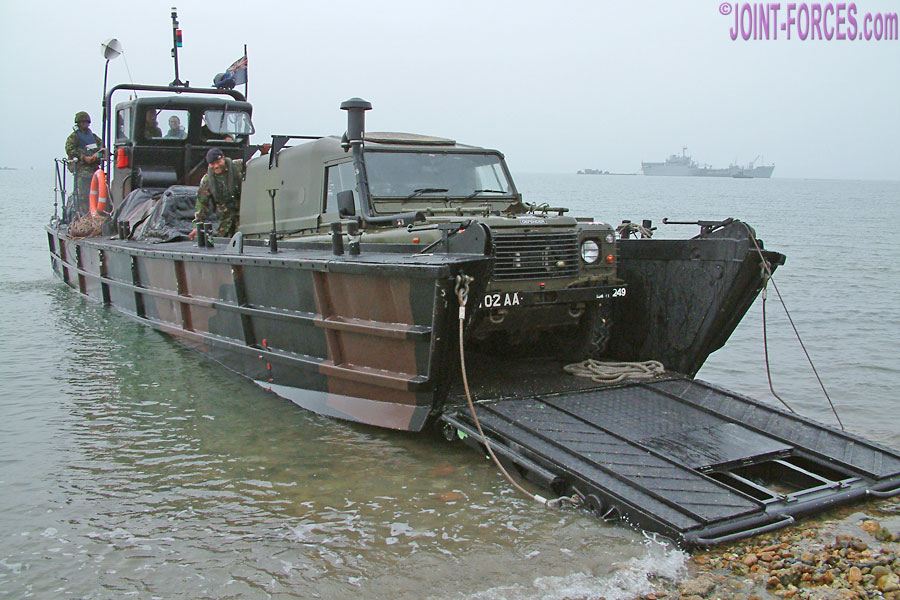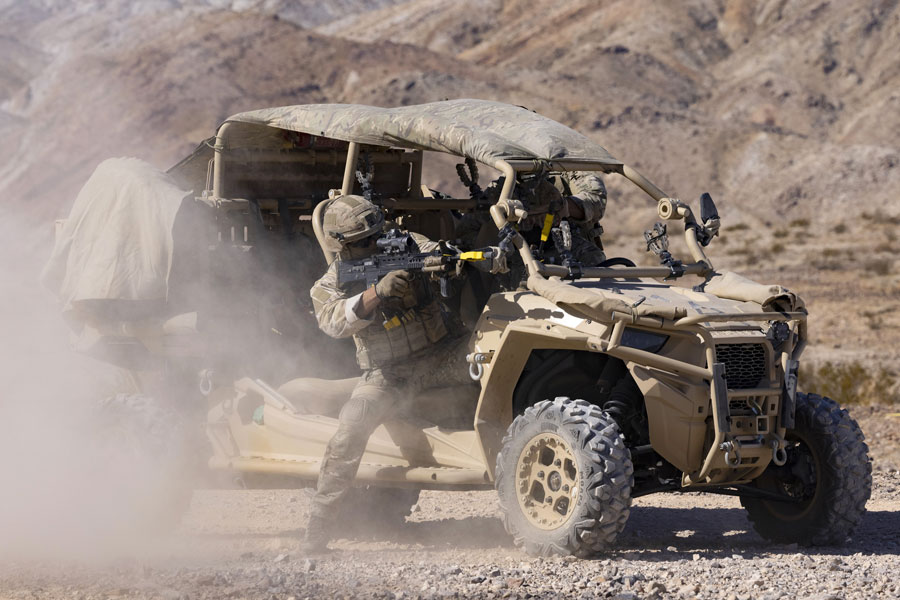
This competition will fund promising technologies that will help to develop a Novel Amphibious Craft fit for the threats of the 21st Century.
~
MoD DASA Announcement, Whitehall, 19 October 2022: The Novel Amphibious Craft competition will fund promising technologies that will help to develop a capability fit for the threats of the 21st Century.
Commando Force operations of the future will employ solutions to deliver Strike Teams and their equipment from specialist maritime shipping to foreign and hostile coastal access points with a low probability of detection. These are challenging operational requirements. Innovative technologies will be required to meet them.
To assist in the acceleration of solutions that will enable mission success, the Defence and Security Accelerator (DASA) is seeking innovative technologies which could be included in a capability concept that will satisfy all the following requirements:
- travel at sustained high speed (at least 25kts) over a long range (up to 350 nautical miles) in Sea State 2
- provide the ability to deliver personnel and light vehicles to a coastal access point with limited or no impact on operational speed/capability
- relaunch and return from the coastal access point
- operate with a low signature across all spectrums (thermal, radar, visual, acoustic etc.) to reduce the probability of detection
Total funding available: The total funding available is £1M with bids expected between £100K – 350K (ex VAT). All projects must complete by 14 February 2024.
Submission deadline: Midday on 10 January 2023 (GMT)
~

Background: The concept of amphibious landings has changed. Modern coastal defences have advanced to deter, disrupt and defeat an amphibious assault from any force using outdated technology. For the Commando Force to project themselves into high-threat environments safely, a bold new approach is required. Innovative technologies will be the key to enable the Commando Force to reach further, move faster, and strike decisively without being detected.
The Novel Amphibious Craft competition aims to investigate and accelerate innovative technologies that will assist in the fulfilment of operational requirements and mission success, including feeding into the development of a craft with the following (non-definitive and non-exhaustive) system requirements:
- configurable to enable any of the following carriage and delivery roles:
- to carry and deliver up to 24 embarked persons and 4 crew fit to fight (considerations should be given to the environmental effects on personnel and equipment)
- to carry and secure 2 x Light Vehicles and 6 embarked persons and 4 boat crew, (consider for calculations a Polaris MRZR(D). Each vehicle being approximately 3.56m long, 1.87m high, 1.51m wide, Curb weight 953kg, Payload capacity 680kg.)
- to carry and secure 2 x Inflatable Craft and 2 x Outboard Motors (OBMs) plus 14 embarked persons and 4 boat crew. (Consider for calculations an inflatable length 5.0m, width, 2.08m, height 0.9m weight 145kg. Consider a 50hp OBM of 75kg)
- ability to transit at least 25kts on sea transits of up to 350 nautical miles (NM) in the fully loaded condition, in up to Sea State 2 (significant wave heights of up to 0.5m)
- ability to safely operate in the fully loaded condition at least Sea State 4 (significant wave heights of up to 2.5m)
- ability to routinely land and retract from an unprepared coastal access point, which could be a composite of sand, shingle, pebbles, mud, etc.
- to be able to operate on a 1:120 beach delivering and recovering troops and vehicles.
- to be able to operate in surf up to a 2m breaking wave height in the fully loaded condition
- reduce any necessary wading/fording water depth for troops and vehicles (direct to dry land desirable; 0.75m maximum water depth acceptable)
- signature management capability that is integral to the craft design to reduce the probability of detection
- ability to provide environmental protection to crew and troops (protection from sea spray, rain, wind, heat and cold) Operating temperature ranges from Air -30°C to +50°C, Sea +1°C to +40°C)
- an air draft of less than 2m would be beneficial (this is the only dimensional constraint)
- Defence Maritime Regulations to be used as guidance.
The output of the Novel Amphibious Craft competition will inform the MoD of the options in technology innovation to meet operational requirements, the level of technology readiness, confidence in the technology and operational requirement achievability.

~




















Pingback : UK MoD Novel Amphibious Craft Competition Update | Joint Forces News